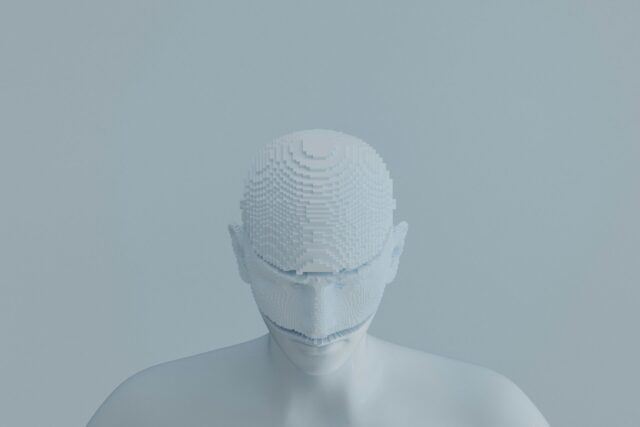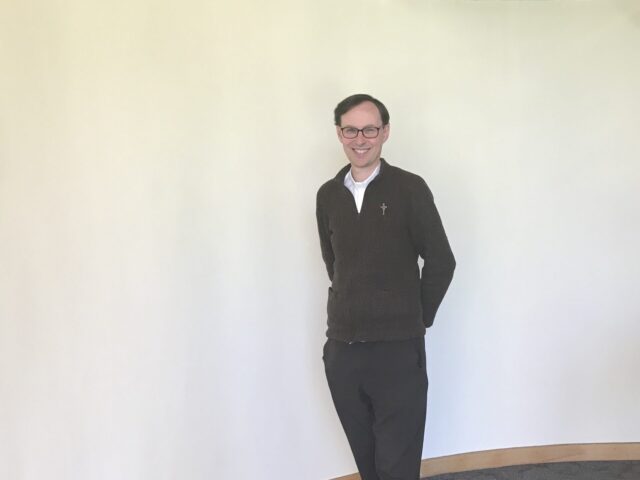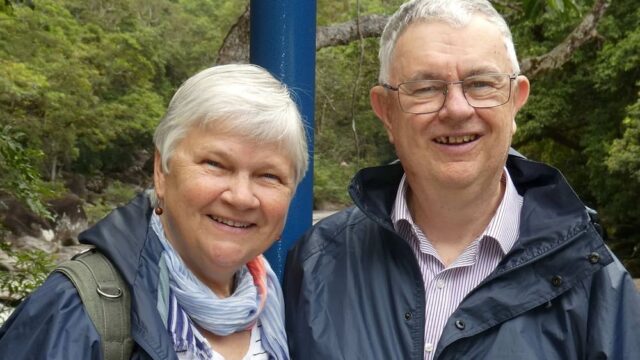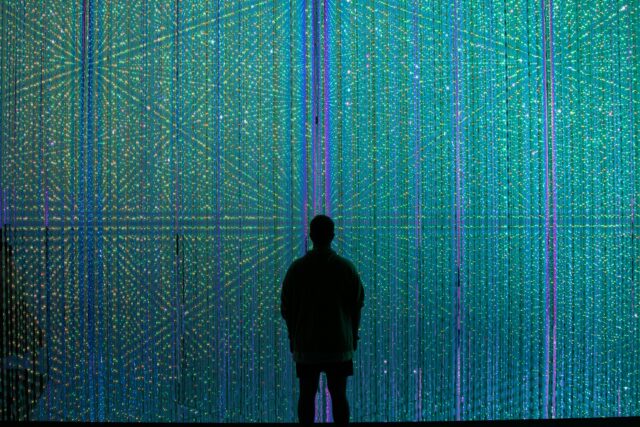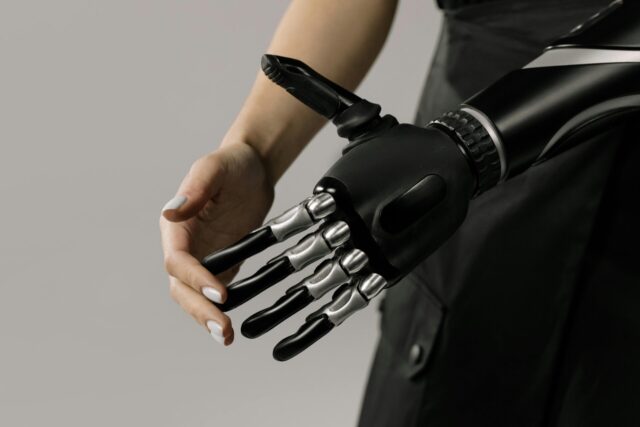


ISCAST-CASE Lecture at New College, UNSW – Tues. 5 July 2016 at 7.30 pm
Title: Unequivocal Genetic Evidence for Human Evolution, and Implications for Christian Faith
Audio mp3 files of Dr Graeme Finlay’s lecture and the Q&A session following it, plus PDF copies of his PowerPoint slides are available for downloading now. (To save mp3 files to your computer, use right-click and choose ‘Save link as…’).
Lecture 1: Download GF-L1 mp3 [ 12.7 MB]
Q & A session: Download GF-Q1 mp3 [ 4.0 MB]
PDF of Lecture slides (2 slides per page): Download GF-L1 pdf [2.1 MB]
Video: Click here to view video of this lecture.
Dr Graeme Finlay MA, PhD, Bth, Senior Lecturer and Honorary Senior Research Fellow at The University of Auckland, and author of Human Evolution: Genes, Genealogies and Phylogenies (Cambridge University Press, 2013) gave an ISCAST-CASE* Lecture at New College, UNSW, entitled: “Unequivocal Genetic Evidence for Human Evolution, and implications for Christian Faith”, at 7.30 pm on Tuesday 5 July 2016.
Abstract: In this lecture Graeme wants to do two things. Firstly to present the unequivocal evidence from comparative genomics that we are an evolved species. And then (because he knows that many Christians find it difficult to assimilate this) he goes on to emphasise that this strengthens and enriches our faith. The ‘givenness’ of evolution forces us to purify our approach to exegesis (Genesis), theology (creation), providence (God’s action in history), and the meaning of our own humanity.
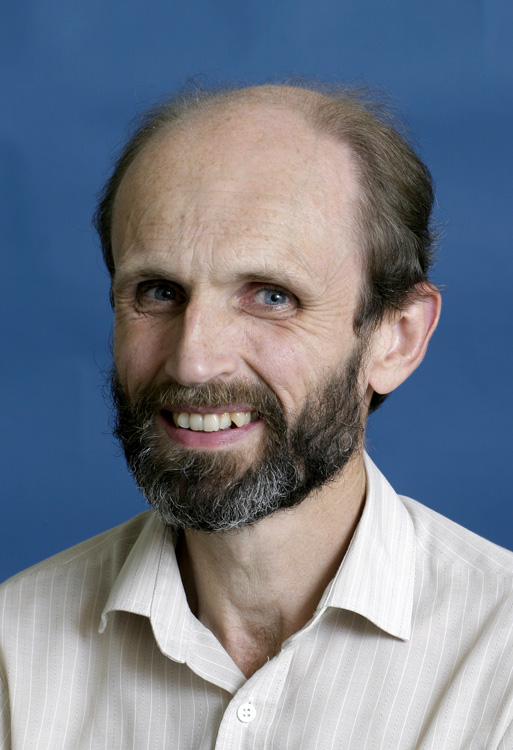 Biosketch: Dr Graeme Finlay, MA, PhD (Auckland), BTh (South Africa), has a PhD in cellular immunology, and is currently a Senior Lecturer in Scientific Pathology at the Department of Molecular Medicine and Pathology, and an Honorary Senior Research Fellow at the Auckland Cancer Society Research Centre, University of Auckland, where he has been working for over 35 years. During his decades of research on cancer, he says “… I came to feel that I had to tell my fellow-Christians about the power of the new genetic evidence that gave such unambiguous support for evolutionary histories. DNA markers are a native language to any cancer cell biologist, and these same markers showed, with an astonishing degree of coherence, that we humans are an evolved species.” Graeme also has a degree in theology and is active as a lay preacher. In 2004 he produced 3 science and Christian faith booklets on the extraordinary advances in genetics and their implications for evolution, and finally in 2013 he had a major scientific monograph on comparative genetics published by the prestigious publisher, Cambridge University Press, entitled: Human Evolution: Genes, Genealogies and Phylogenies. The book has been reviewed and described by someone who was once sceptical of evolution as a book “…destined to be a real game-changer in resolving the unfortunate science/faith controversy and in enabling those who cannot accept evolution to come to terms with it and gain wonderful perspectives on it as a marvellous reality of our world, but without having atheistic conclusions preached to them by the author, as is common in so many other books on evolution.” In addition, Graeme has recently written a book called the “The Gospel according to Dawkins”, which is a critique on Dawkins’ treatment of the New Testament and of Jesus from the perspective of a scientist. The book is in the process of publication and hopefully will be appearing fairly soon.
Biosketch: Dr Graeme Finlay, MA, PhD (Auckland), BTh (South Africa), has a PhD in cellular immunology, and is currently a Senior Lecturer in Scientific Pathology at the Department of Molecular Medicine and Pathology, and an Honorary Senior Research Fellow at the Auckland Cancer Society Research Centre, University of Auckland, where he has been working for over 35 years. During his decades of research on cancer, he says “… I came to feel that I had to tell my fellow-Christians about the power of the new genetic evidence that gave such unambiguous support for evolutionary histories. DNA markers are a native language to any cancer cell biologist, and these same markers showed, with an astonishing degree of coherence, that we humans are an evolved species.” Graeme also has a degree in theology and is active as a lay preacher. In 2004 he produced 3 science and Christian faith booklets on the extraordinary advances in genetics and their implications for evolution, and finally in 2013 he had a major scientific monograph on comparative genetics published by the prestigious publisher, Cambridge University Press, entitled: Human Evolution: Genes, Genealogies and Phylogenies. The book has been reviewed and described by someone who was once sceptical of evolution as a book “…destined to be a real game-changer in resolving the unfortunate science/faith controversy and in enabling those who cannot accept evolution to come to terms with it and gain wonderful perspectives on it as a marvellous reality of our world, but without having atheistic conclusions preached to them by the author, as is common in so many other books on evolution.” In addition, Graeme has recently written a book called the “The Gospel according to Dawkins”, which is a critique on Dawkins’ treatment of the New Testament and of Jesus from the perspective of a scientist. The book is in the process of publication and hopefully will be appearing fairly soon.
See also ISCAST Lecture 2: Genetics, Evolution, Cancer, Suffering and God.
*CASE – Centre for Apologetic Scholarship and Education (New College, UNSW)
Copyright Note from email of Dr Graeme Finlay
1. All the slides that I used in my talks in Sydney were totally clean as far as copyright is concerned.
2. All genetic sequences were drawn by me, using data in the public domain. References were given only so that I could keep tabs with my many sources, and in case anyone in the audience wanted to follow up on any details. The references merely indicate the paper from which the data were taken.
3. Images from the NIH are freely usable, provided the courtesy of attribution is provided, which I have done in every case. All other images from the internet were specified as ‘public domain’. There are no restrictions on the use of the images from the University of Auckland Medical school museum.
